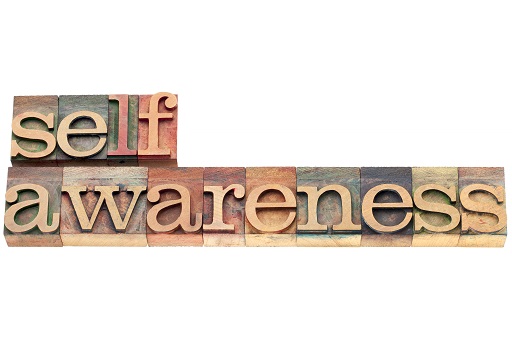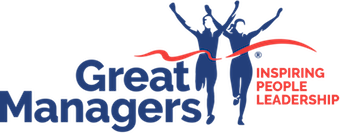Using Strengths Based Leadership To Get Better Results
A strengths based approach is one where you actively look for strengths and for ways to allow people to apply them.
It’s about knowing your strengths and investing in others’ strengths, and getting people with the right strengths on your team.
It is not about ignoring weaknesses, however, the idea is that you will get better results and higher levels of engagement when people get to use their strengths.
Most people are more concerned with eliminating any perception of weakness than they are focused on developing strengths.

Marcus Buckingham is one of the world’s experts on the importance of Strengths. He says that Great Managers are brilliant at spotting the unique differences in team members, their strengths, and then capitalising on them. To be able to do this a manager has to learn how to “spot” strengths and the best place to start is with yourself.
Strengths are recurring patterns of thought, feelings and behaviour that allow you to do something well.
Psychologist Martin Seligman (2002) defines strengths as a behaviour that is:
- Executed effectively
- Broadly used in a variety of situations or settings
- Lasting in its effects over time
- Consistent in producing positive outcomes
- Valued for its intrinsic worth, as well as its positive outcomes
- Not specific to one culture
- Harmonious with, rather than opposed to, other strengths
Strengths Based Leadership
First, the good news.
As a manager, you do not have to be perfect at everything.
There is a misperception that managers have to be perfect at everything and a lot of time is spent “fixing” weaknesses. The best results and the greatest satisfaction come from working with your strengths as much as possible. It is important to know your strengths and weaknesses so you can focus on and release your strengths and minimise the impact of your weaknesses.

“Great leaders are not defined by the absence of weakness, but rather by the presence of clear strengths. The key to developing great leadership is to build strengths.”
According to research by Zenger and Folkman for their book The Extraordinary Leader (2002), an ideal goal as a manager or leader is to be excellent (not good, excellent) at 3 things – 3 leadership competencies. You don’t have to be perfect at everything to be a great manager. When managers excel at certain competencies there is a ‘halo effect’ where others perceive effectiveness in a number of areas because of a real strength in one.
What are you currently good at as a leader that you could become excellent at?
Now, the bad news.
Most managers are not aware of their strengths and weaknesses.
 Managers have a tendency to think they know their weaknesses and strengths. This may be true for a rare few, but results of 360-degree feedback where self-perception is compared with the perception of others, reveals that around two-thirds of managers do not have a good awareness of this. As a rule, people are not accurate about their own strengths or their weaknesses.
Managers have a tendency to think they know their weaknesses and strengths. This may be true for a rare few, but results of 360-degree feedback where self-perception is compared with the perception of others, reveals that around two-thirds of managers do not have a good awareness of this. As a rule, people are not accurate about their own strengths or their weaknesses.
The research indicates that a strategy for professional development with a focus on improving 2-3 things at any one time can be very successful. The key is to get the balance right and focus on the right things.
For example, a manager who is excellent at Results Focus but very low on Interpersonal Skills will not capture the trust and respect of those they lead. These 2 competencies require very different skills. Learning the necessary skills though can strengthen both and together these create a powerful combination.
At Great Managers our 7 strategies are designed to focus on the powerful combinations that work, that counterbalance each other, and help you get the results you desire. Our ‘chunked’ down approach to learning enables you to build your strengths step-by-step.
Join the Great Managers Academy to learn more about using strengths based leadership to identify and leverage the best aspects of your team and your organisation.







